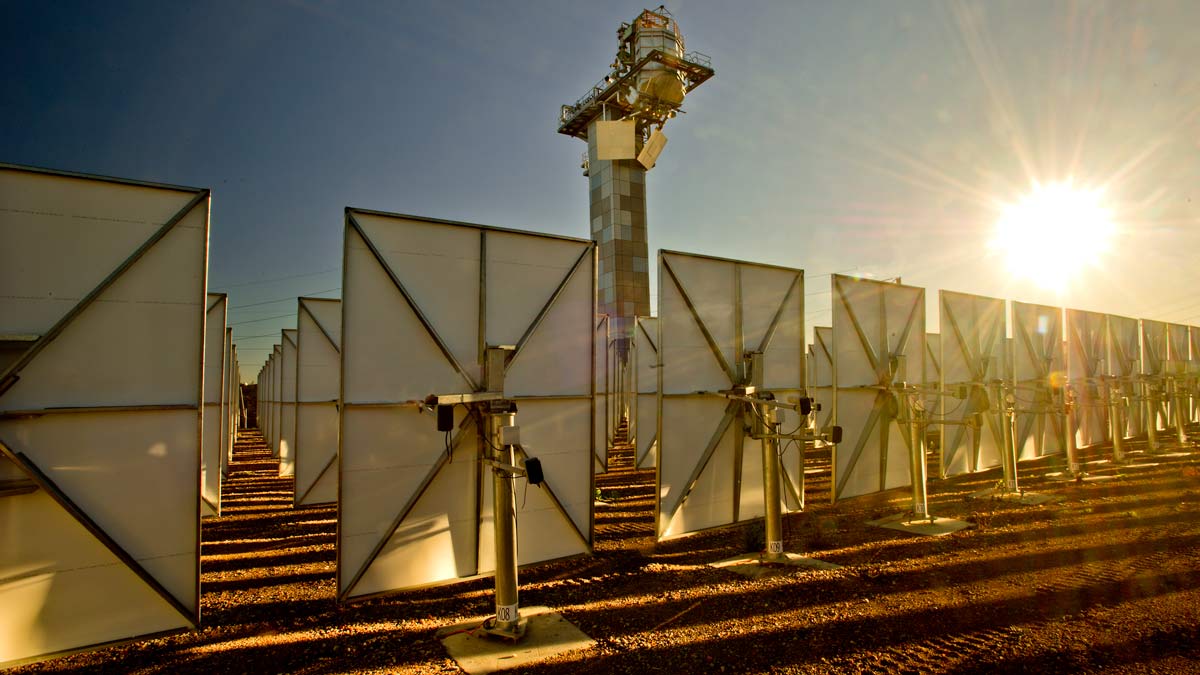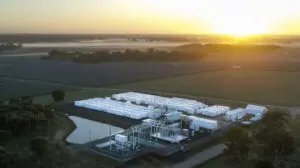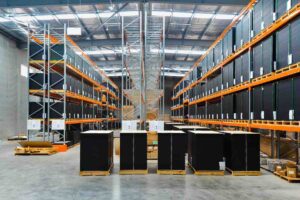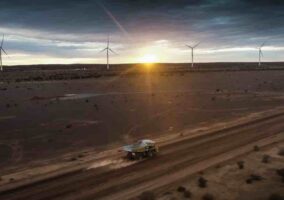Advocates for Australia’s fledgling solar thermal industry argue that an appropriately designed storage incentive – either a specific target or a capacity incentive – could support the emergence of new solar thermal and long-term energy storage technologies, without propping up ageing fossil fuel generators.
Director of the Australian Solar Thermal Research Institute (ASTRI), Dominic Zaal, says the decarbonisation of the electricity system will increase the need for longer-term duration energy storage, creating a new opportunity for solar thermal technologies to fill this need.
“Long-duration renewable energy storage is a fundamental requirement if Australia is to achieve emissions reduction targets while withdrawing coal and gas from the grid,” Zaal said.
“The proposed ESB capacity mechanism provides a pathway to achieve this outcome through investment in firm, reliable and cost-effective renewable capacity.”
The current cost of solar thermal technologies remains much higher than equivalent wind and solar PV capacity, but the technology has the potential to supply thermal heat to a wider range of applications – beyond the electricity sector – potentially supporting the decarbonisation of ‘hard to abate’ industries.
ASTRI was established as a funding and research collaboration between the Australian Renewable Energy Agency and the CSIRO and has supported research into emerging concentrating solar thermal and heat storage technologies.
In a joint statement with the Australian Solar Thermal Industry Association, ASTRI said it welcomed the recent release of the Energy Security Board’s proposed design of a capacity mechanism, which would offer financial payments to generators able to make dispatchable capacity available during periods of tight supply.
Several clean energy industry groups have raised concerns about the proposed capacity mechanism, saying it could disproportionately benefit incumbent coal and gas generators and delay the exit of fossil fuels from Australia’s electricity system.
But with renewed attention on the need to support dispatchable electricity technologies and developing longer-term energy storage capacity within the grid, the creation of a capacity mechanism could provide a new lifeline to solar thermal generation and storage technologies.
“If implemented with a focus on renewable technologies, the proposed mechanism has the potential to incentivise essential investment in dispatchable, long-duration renewable energy storage,” Zaal added.
The two solar thermal groups say the development of concentrating solar thermal technologies could meet the need for new dispatchable generation capacity while supporting the broader electricity grid to continue its process of decarbonisation.
The creation of a dedicated energy storage target – as has been advocated by both the Clean Energy Council and the Victoria Energy Policy Centre – could also support the development of new solar thermal technologies.
“Quickly deploying long-duration renewable energy storage into the grid is the only way Australia can decarbonise while keeping the lights on and, designed in the right way, the capacity mechanism can support this,” Zaal said.
“With over 95 CSP systems in operation around the world generating more than 6GW per annum, the proposed capacity mechanism is a timely incentive to drive deployment of the technology in Australia.”
Home-grown solar thermal technology has shown significant promise, but has yet to achieve the large-scale commercialisation currently being enjoyed by wind, solar PV – and more recently by battery technologies.
Several solar thermal projects have secured government backing, only to fall short of delivering a working large-scale project.
The latest endeavour – Vast Solar’s proposal for a 20MW concentrating solar thermal facility at Port Augusta – recently secured a concessional loan of up to $110 million from the federal government and would be the largest Australian solar thermal project if completed.
The Port Augusta project would include up to 12 hours of energy storage, potentially allowing the project to run continuously for multiple days.
Vast Solar has also partnered with Queensland government-owned utility Stanwell to progress a proposal for a 50MW hybrid solar thermal project in Mount Isa that would include solar PV, battery storage and a new gas-fired peaking generator.










